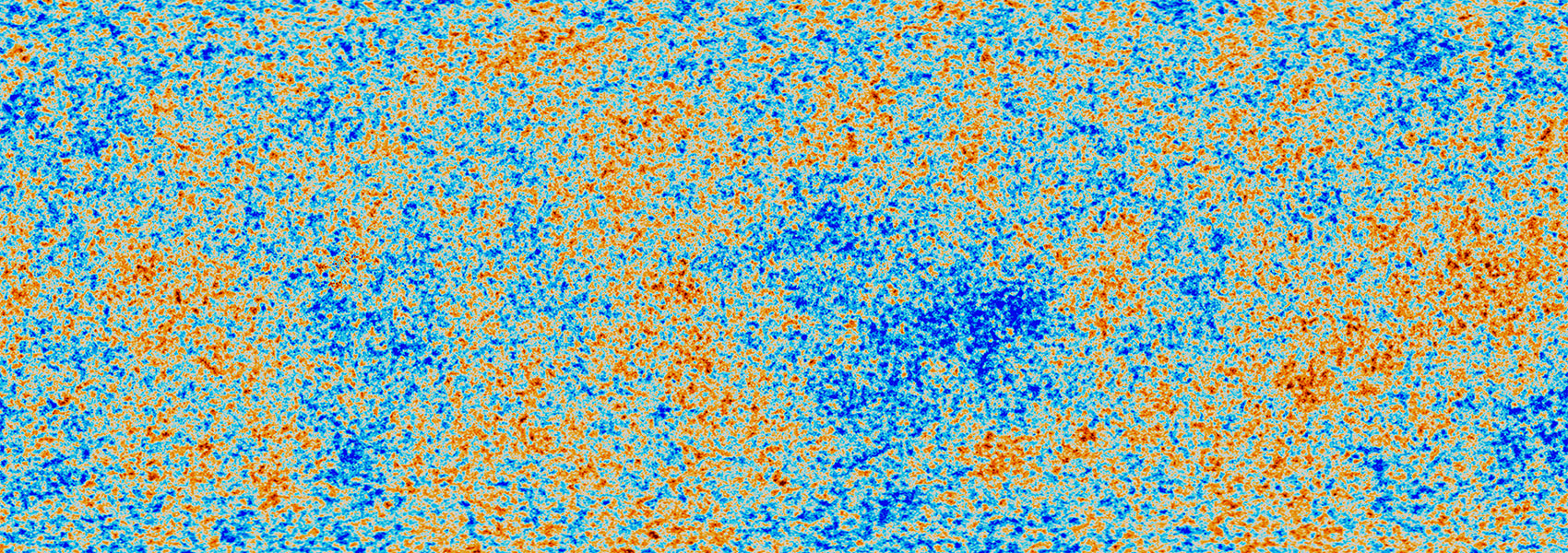August
2015
•
2015ApJ...809..138I
Authors
•
Ikeda, H.
•
Nagao, T.
•
Taniguchi, Y.
•
Matsuoka, K.
•
Kajisawa, M.
•
Akiyama, M.
•
Miyaji, T.
•
Kashikawa, N.
•
Morokuma, T.
•
Shioya, Y.
•
Enoki, M.
•
Capak, P.
•
Koekemoer, A. M.
•
Masters, D.
•
Salvato, M.
•
Sanders, D. B.
•
Schinnerer, E.
•
Scoville, N. Z.
Abstract
•
In order to investigate the origin of quasars, we estimate the bias factor for low-luminosity quasars at high redshift for the first time. In this study, we use the two-point angular cross-correlation function (CCF) for both low-luminosity quasars at -24\lt {M}1450\lt -22 and Lyman-break galaxies (LBGs). Our sample consists of both 25 low-luminosity quasars (16 objects are spectroscopically confirmed low-luminosity quasars) in the redshift range 3.1\lt z\lt 4.5 and 835 color-selected LBGs with {z}{LBG}\prime \lt 25.0 at z ∼ 4 in the COSMOS field. We have performed our analysis for the following two quasar samples: (1) the spectroscopic sample (the 16 quasars confirmed by spectroscopy), and (2) the total sample (the 25 quasars including 9 quasars with photometric redshifts). The bias factor for low-luminosity quasars at z ∼ 4 is derived by utilizing the quasar-LBG CCF and the LBG auto-correlation function. We then obtain the 86% upper limits of the bias factors for low-luminosity quasars, which are 5.63 and 10.50 for the total and the spectroscopic samples, respectively. These bias factors correspond to the typical dark matter halo masses, log ({M}{DM}/({h}-1{M}⊙ )) = 12.7 and 13.5, respectively. This result is not inconsistent with the predicted bias for quasars that is estimated by the major merger models.
Links




